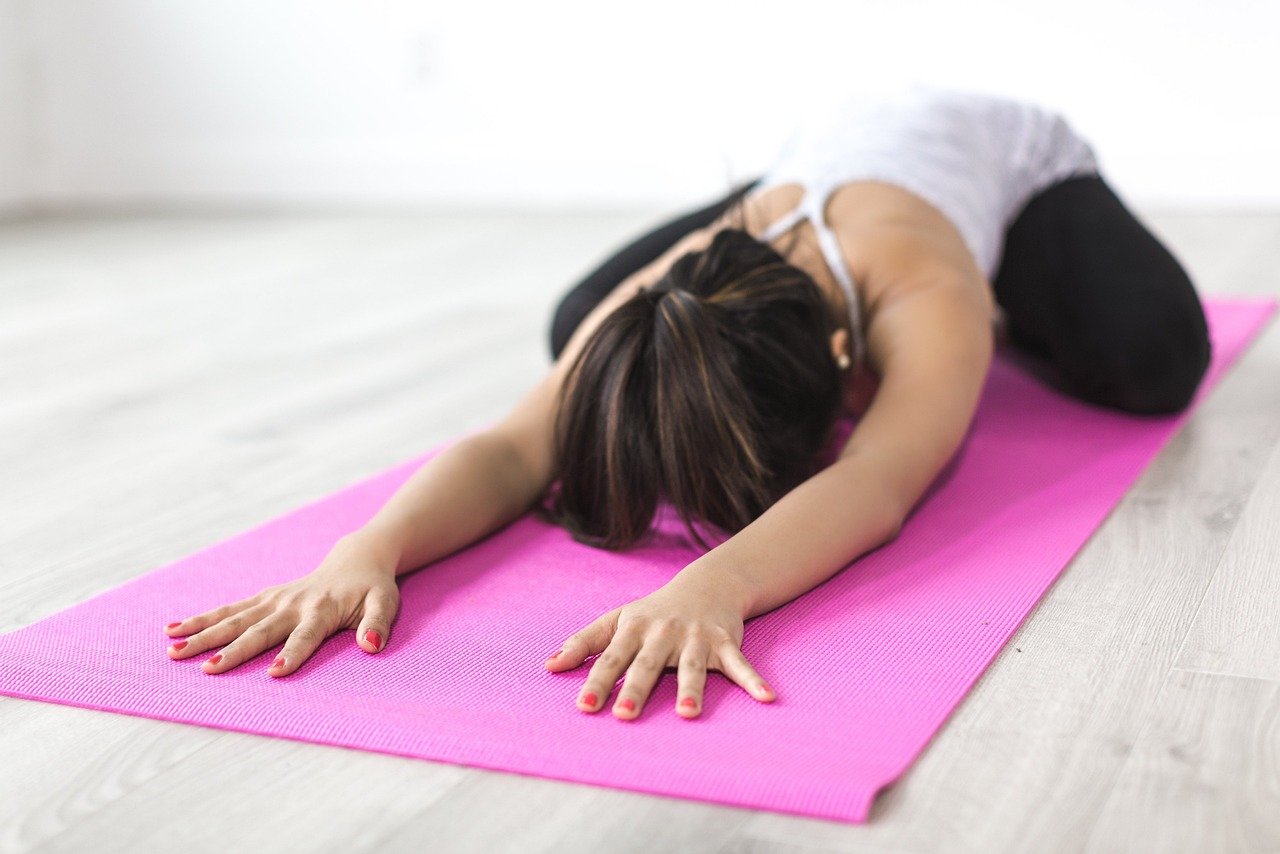Are you curious about practicing hot yoga in the comfort of your own home? The answer is a resounding yes! While attending a hot yoga class in a studio can provide a sense of community and guidance from an instructor, practicing hot yoga at home is absolutely possible. With a few modifications and precautionary measures, you can create your own hot yoga sanctuary right in your living room. So, grab your mat, turn up the heat, and let’s explore how you can embark on your hot yoga journey from the comforts of home.
Introduction
Hot yoga is a popular form of yoga that is practiced in a heated room, often between 90 to 105 degrees Fahrenheit. If you’re considering practicing hot yoga at home, it’s important to understand the basics, set up the right environment, and take precautions to ensure a safe and enjoyable practice. In this article, we will explore what hot yoga is, its benefits, precautions to keep in mind, as well as provide tips on creating the right environment, necessary equipment and props, and how to prepare for a hot yoga session. We will also guide you through a sequence of hot yoga poses you can practice at home, discuss the importance of sequencing and flow, and provide safety precautions. Lastly, we will cover how to cool down and hydrate after the practice, and the benefits and limitations of practicing hot yoga at home.
Understanding Hot Yoga
What is hot yoga?
Hot yoga is a style of yoga that is practiced in a heated room. The increased temperature helps to warm up the muscles and joints, allowing for deeper stretching and greater flexibility. The most common form of hot yoga is Bikram yoga, which consists of a set sequence of 26 poses and two breathing exercises that are practiced in a room heated to 105 degrees Fahrenheit. However, there are other forms of hot yoga, such as Vinyasa hot yoga, which incorporate flowing movements and a variety of poses.
Benefits of hot yoga
Practicing hot yoga offers numerous benefits for both the mind and body. The heat helps to increase circulation, allowing for better oxygenation of the muscles and organs. This can enhance flexibility, improve range of motion, and promote detoxification through sweating. The combination of heat and movement also results in a cardiovascular workout, which can help with weight loss and overall fitness. Hot yoga can also be an effective stress reliever, as the heat and challenging poses encourage focus and mental strength.
Precautions for practicing hot yoga
While hot yoga can be a rewarding practice, it is important to take certain precautions to ensure your safety and well-being. The elevated temperature can put additional stress on the body, so it is crucial to listen to your body and not push yourself beyond your limits. Stay hydrated before, during, and after the practice, and take breaks if necessary. It is also important to be aware of any medical conditions or injuries that may be aggravated by the heat. If you have any concerns, consult with a healthcare professional before starting a hot yoga practice.
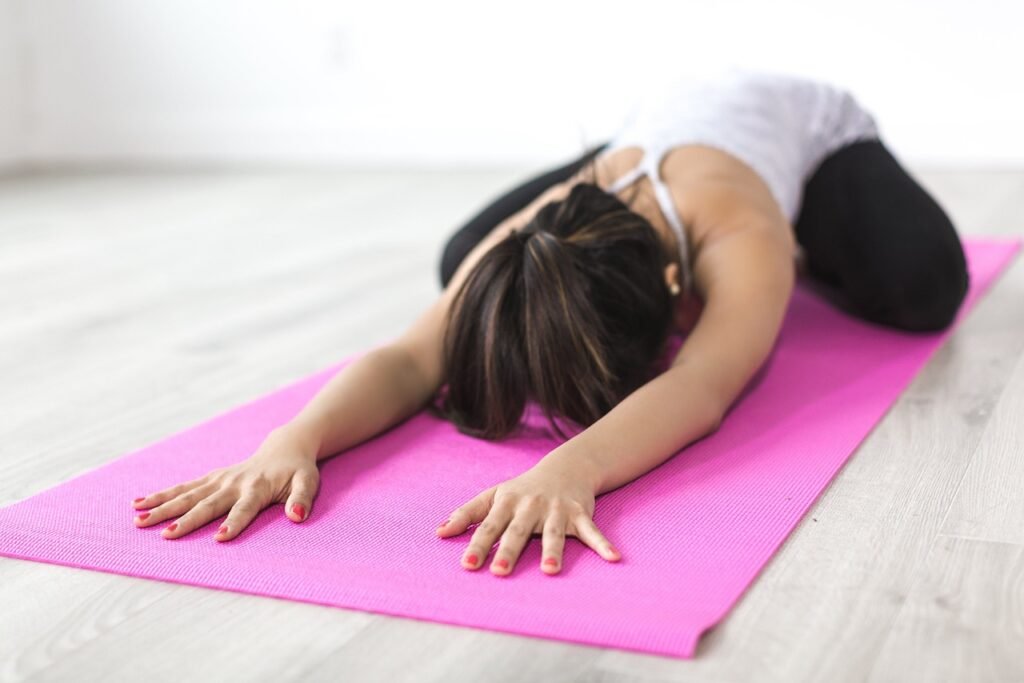
This image is property of pixabay.com.
Creating the Right Environment
Choosing a suitable space for hot yoga
When practicing hot yoga at home, it is essential to choose a space that is well-ventilated and can be heated to the desired temperature. Ideally, a spare room or a designated area with enough space to move freely without any obstructions is perfect for hot yoga. Make sure the space is clean and free of any distractions or clutter that may interfere with your practice.
Setting up the temperature
Investing in a reliable room heater or heat source is crucial for creating the right temperature for hot yoga at home. It is recommended to set the room temperature between 90 to 105 degrees Fahrenheit, depending on your comfort level. Ensure that the heat source is safe, follows all necessary precautions, and has a thermostat to control the temperature effectively.
Creating a peaceful ambiance
To enhance your hot yoga experience at home, consider creating a peaceful ambiance. Play soothing music or nature sounds in the background to help you relax and focus. Dim the lights or use soft lighting to set a calming atmosphere. You could also light scented candles or use essential oils to stimulate your senses and promote a sense of tranquility during your practice.
Equipment and Props
Yoga mat
A high-quality yoga mat is essential for practicing hot yoga at home. Look for a mat that has excellent grip and is designed to be slip-resistant, as the combination of heat and sweat can make your mat slippery. Consider using a mat specifically designed for hot yoga, as they often have special features that help with traction and moisture absorption.
Towels
In addition to your yoga mat, having towels is crucial for a hot yoga practice. Use one towel to lay over your mat for extra grip and to absorb sweat. Another towel can be used to wipe off excess sweat during the practice. Make sure to choose towels that are absorbent and can withstand the heat of the practice.
Water bottle
Staying hydrated is of utmost importance during a hot yoga session. Have a water bottle nearby and take small sips as needed throughout your practice. Opt for a reusable water bottle that is large enough to hold an ample amount of water, allowing you to rehydrate whenever necessary.
Heat source or room heater
If you don’t have a room that can naturally maintain the desired heat for hot yoga, consider investing in a reliable heat source or room heater. Look for heaters that have adjustable temperature settings, safety features, and are suitable for heating larger spaces. Ensure that the heater you choose is compatible with your chosen space and follow all safety guidelines provided by the manufacturer.
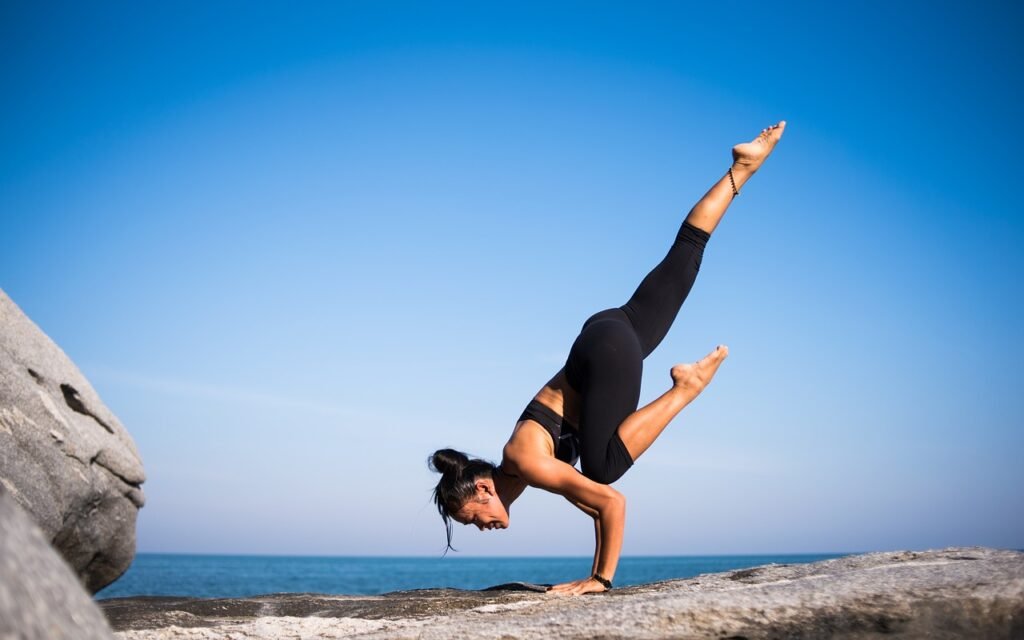
This image is property of pixabay.com.
Preparing for a Hot Yoga Session
Hydrating properly
Before starting your hot yoga practice, it is crucial to hydrate properly. Drink water throughout the day leading up to your practice to ensure you are adequately hydrated. Avoid consuming large meals or caffeine immediately before your practice, as this can cause discomfort during intense movements. Instead, opt for light snacks or meals at least two hours prior to your session.
Wearing appropriate clothing
Choose clothing that is breathable and moisture-wicking to allow for sweat evaporation and to keep you comfortable during your hot yoga practice. Avoid heavy or restrictive clothing that may hinder your movements. Opt for moisture-wicking tops and shorts, or lightweight leggings that allow for flexibility and breathability. Remember to dress in layers to adapt to the changing heat during your practice.
Clearing the space for movement
Take a moment to clear the space in which you will be practicing hot yoga. Remove any obstacles or furniture that may limit your movements or pose a safety hazard. Ensure that there is enough space for you to fully extend your limbs and move freely without any obstructions. This will minimize the risk of injury and allow for a more enjoyable practice.
Hot Yoga Poses to Practice at Home
Standing poses
Standing poses are an essential part of hot yoga practice as they help to build strength, improve balance, and increase flexibility. Incorporate poses such as Warrior I and II, Triangle pose, Chair pose, and Tree pose into your home hot yoga practice. These poses engage the entire body and help to create a strong foundation for your practice.
Seated poses
Seated poses are beneficial for stretches and opening up the hips and lower back, which can often become tense and tight during hot yoga. Poses such as Seated Forward Fold, Butterfly pose, and Seated Twist are excellent choices for incorporating into your hot yoga practice at home. Remember to focus on your breath and maintain proper alignment as you move through these poses.
Balancing poses
Balancing poses challenge your stability and help to strengthen the core and improve focus. Include poses like Tree pose, Eagle pose, and Dancer’s pose in your home hot yoga practice. These poses require concentration and body awareness, allowing you to cultivate a sense of equilibrium and strength.
Twists and bends
Twisting and bending poses are integral for spinal health and detoxification. Incorporate poses like Revolved Triangle pose, Revolved Side Angle pose, and Extended Triangle pose into your hot yoga practice at home. These poses help to alleviate tension in the back and improve digestion by stimulating the internal organs.
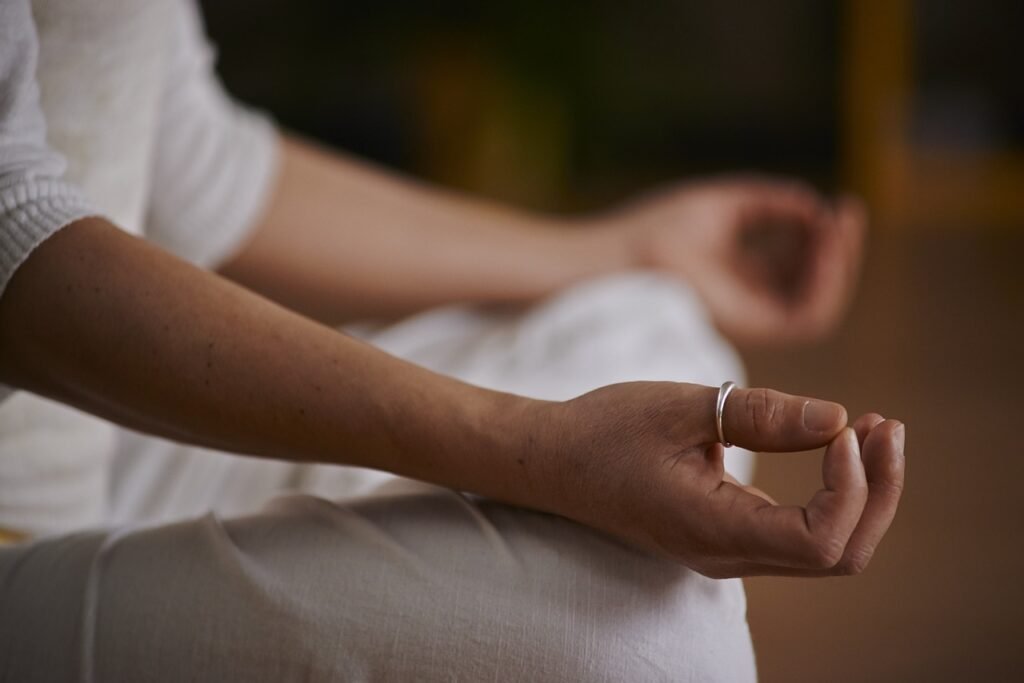
This image is property of pixabay.com.
Sequencing and Flow
Creating a well-rounded sequence
When practicing hot yoga at home, it’s important to create a well-rounded sequence that targets different areas of the body and includes a variety of poses. Start with warm-up poses, such as Sun Salutations or Cat-Cow, to gently wake up the body and prepare it for more intense movements. Gradually progress to standing poses, seated poses, balancing poses, and finally, cooling down with gentle stretches and relaxation poses.
Balancing difficulty levels
As you create your hot yoga sequence, it’s essential to strike a balance between challenging yourself and honoring your body’s limitations. Include poses that are accessible to your current level of practice while also incorporating some that push you slightly beyond your comfort zone. However, listen to your body and avoid overexertion or forcing yourself into poses that feel uncomfortable or painful.
Incorporating breathwork
Breathwork, or pranayama, is an integral part of any yoga practice, including hot yoga. Incorporate deep breathing exercises, such as Ujjayi breath, into your practice to help regulate your body temperature, maintain focus, and cultivate a sense of calm. Sync your breath with your movements, exhaling as you deepen into poses and inhaling as you transition between poses.
Safety Precautions
Listening to your body
Regardless of whether you are practicing hot yoga at home or in a studio, it is crucial to listen to your body and respect its limitations. If a pose feels too challenging, modify or skip it altogether. Pay attention to any pain or discomfort and make adjustments as needed. Remember, yoga is a personal practice, and your journey is unique to you.
Avoiding overexertion
The heat in hot yoga can increase the risk of overexertion or dehydration. Pace yourself and take breaks whenever necessary. If you start to feel lightheaded, dizzy, or experience any other signs of fatigue or overheating, it’s important to cool down and rest. Pushing yourself beyond your limits can lead to injuries or other health complications.
Modifying poses if necessary
Not all poses may be suitable for everyone, especially if you have any pre-existing injuries or medical conditions. Modify poses to accommodate your body’s needs and capabilities. Use props such as blocks, straps, or bolsters to provide support and assistance in maintaining proper alignment. Remember, it’s more important to practice with proper form and alignment than to force your way into a pose.
Taking breaks
Taking breaks during a hot yoga practice is perfectly acceptable and often necessary. If you feel overwhelmed or fatigued, find a comfortable resting pose such as Child’s pose or Corpse pose. Allow yourself to rest and recover before rejoining the practice. Listen to your body’s cues and honor your need for rest.
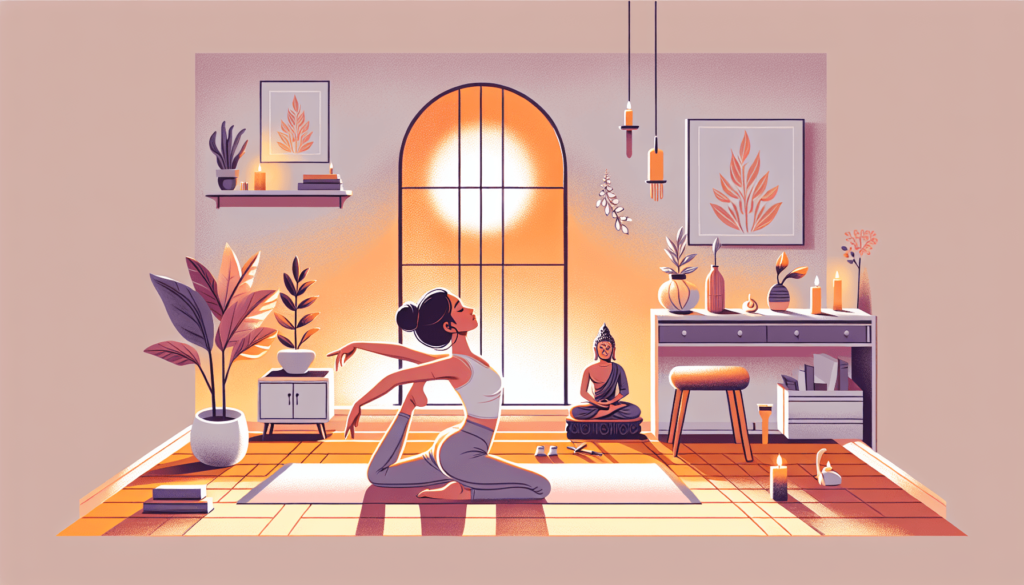
Cooling Down and Hydrating After the Practice
Gentle stretches
After completing your hot yoga practice, it is essential to cool down the body gradually. Perform gentle stretches to help release any tension that may have built up during the practice. Include stretches for all major muscle groups, such as forward folds, spinal twists, and hip openers. Move mindfully and with intention, allowing your body to relax and unwind.
Resting in savasana
Savasana, or Corpse pose, is a vital part of any yoga practice, especially after a challenging hot yoga session. Lie flat on your back, close your eyes, and allow your body to fully relax and integrate the effects of your practice. Focus on deepening your breath and letting go of any remaining tension or stress. Stay in Savasana for at least five to ten minutes to fully embrace the relaxation and rejuvenation that it offers.
Rehydrating the body
Remember to rehydrate your body after a hot yoga practice. Drink plenty of water to replenish the fluids lost through sweating. You can also include electrolyte-rich beverages or coconut water to restore any lost minerals. Allow your body time to cool down naturally before consuming colder or heavier foods to support digestion.
Benefits and Limitations of Practicing Hot Yoga at Home
Flexibility of time and schedule
One of the most significant benefits of practicing hot yoga at home is the flexibility it offers in terms of time and schedule. You can practice whenever suits you best, without having to adhere to studio timings or travel to a specific location. This flexibility allows you to fit hot yoga into your daily routine with ease.
Saving on studio expenses
Practicing hot yoga at home can also save you money in the long run. Studio classes can be costly, and the expenses can quickly add up over time. By practicing at home, you can eliminate the need for a membership or class fees, making hot yoga more accessible and budget-friendly.
Lack of instructor guidance
One limitation of practicing hot yoga at home is the lack of instructor guidance. Instructors in a studio environment can offer valuable guidance, corrections, and modifications to ensure you are practicing safely and effectively. Without proper guidance, there is a higher risk of developing incorrect habits or performing poses incorrectly, which may lead to injuries.
Difficulty in maintaining ideal temperature
Maintaining an ideal temperature for hot yoga at home can be challenging, especially if you don’t have a dedicated heated space. It may require investing in additional equipment, such as room heaters or space heaters, to achieve and maintain the desired heat. Without proper temperature control, it can be challenging to replicate the same experience that a dedicated hot yoga studio can provide.
In conclusion, practicing hot yoga at home can be a rewarding and convenient way to incorporate this dynamic form of exercise into your daily routine. By understanding the basics of hot yoga, setting up the right environment, and taking necessary precautions, you can create a safe and enjoyable practice space in your own home. With the proper equipment and props, as well as an understanding of how to prepare for a hot yoga session, you can immerse yourself in a fulfilling home practice. Remember to listen to your body, take breaks when needed, and cool down and hydrate properly after your practice. While there are benefits to practicing hot yoga at home, it is essential to be mindful of the limitations, such as the lack of instructor guidance and difficulty in maintaining the ideal temperature. By considering all aspects and tailoring your practice to your needs, you can make hot yoga a fulfilling part of your wellness routine.

